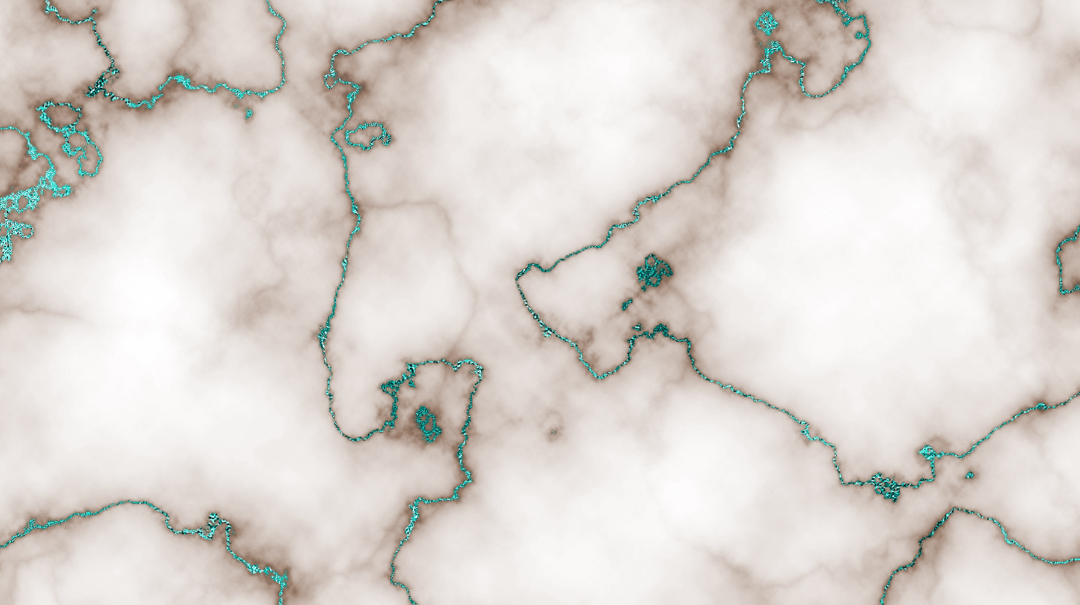Episode 8: On the Origins of Shame

Today, Melissa, Bridger and Caleb discuss another article on shame and the brain.
Article title: On the Origin of Shame: Does Shame Emerge From an Evolved Disease-Avoidance Architecture? Link to article here.
John A. Terrizzi Jr. and Natalie J. Shook (2020)
Join our patreon!
Follow us on social media:
Instagram: @evidence_based_therapist
Facebook: @theebtpodcast
Overview:
- The article looks at the ordered relationship between shame and disgust and what social function they serve in our modern society as well as in our past.
- When referring to the ‘origin of shame’ Terrizzi and Shook are talking about the neuroanatomical origins.
- This article spends a lot of time looking at the neuroarchitecture and brain regions associated with shame and disgust.
- In the previous episode, we discussed how shame has an adaptive function. Check out our previous episode here!
Shame and Disgust:
- It’s been studied in other neurobiological research that disgust may be evolutionarily earlier adaptation and structural organization of shame.
- Shame emerges from what our mammalian brain previously utilized as disgust.
The difference between shame and guilt:
- With shame, the object in question is yourself.
- With guilt, the object in question is placed on the action of self.
- Guilt elicits a prosocial behavior of apology and repair whereas shame causes avoidance and withdrawal.
- Shame-proneness: guilt that leads to shame
- When experiencing both shame and guilt, shame will likely override guilt and create regressed and withdrawn behavior.
- Anger is most associated with shame.
Relationship between shame and disgust:
- Is shame and disgust much more related than shame and guilt.
- Behavioral immune system: a system that encourages avoidance of what could cause issues in prosocial engagement. This causes the desire to conform to the norms of the society.
- Evolutionarily speaking, when the ‘other’ or the outgroup is too behaviorally different from us, our biological response was disgust for the protection of our health and survival. We then go into a neocortical rationality.
- Disgust: something revolting, primarily in the relation to the sensation of taste as actually perceived or vividly imagined. This is broadened to cross-cultural human emotion.
- The ingroup is preferred over the outgroup because outgroup members pose a greater threat (Terrizzi & Shook, 2020).
- The way disgust has potentially evolved into shame is that once a social transgression has been perpetrated, the self is then perceived as a source of contamination. That is where shame sets into the disintegration of mind and the fragmentation of the self.
Method:
- The researchers wanted to see if there’s an increased level of shame depending on specific disease responses.
- 2 different studies and controlled for elements across both studies- controlling for guilt.
- The first study investigates whether individual differences in disgust sensitivity and contamination fears were associated with shame propensity. If there is a connection, increased disgust sensitivity should be positively correlated with shame.
- Looking at state-shame, not trait-shame. Trait-shame is referred to as global negative self-appraisal in the article.
Participants in Study 1:
- 195 Introductory Psychology students from Virginia University (same demographics for both studies).
- General Disgust Inventory- disgust scale with 32 items
- 3 Domain Disgust Scale- Pathogen, Sexual and Moral Disgust Sensitivities with 21 items
- The Disgust Propensity and Sensitivity Scale (Revised) – assessed Disgust Reactivity with 16 items
- Contamination Concern Scale- 10 items
- Shame and Guilt Measures- 15 scenarios
- The GAS- Guilt and Shame Proneness Scale- 20 items
- The control for mood- The PANAS- 30 items
Results of Study 1:
- The measures of disgust sensitivity and concern/fear with contamination were consistently positively correlated with the measures of shame (Terrizzi & Shook, 2020).
- Guilt generally was not correlated with disease avoidant components of disgust, when controlling for shame and negative affect (Terrizzi & Shook, 2020).
- Their discussion that disgust and shame involve physical and bodily contamination fear, rather than symbolic moral contamination.
- It seems very fixated on bodily contamination but there’s still question in that it could be more than that.
Study 2- Causal Study:
- If shame is an emotional experience that emerges from feeling disgusted with the self, inducing disgust should trigger shame?
- How do you trigger disgust?
- The participants were given a scale to induce the affect state of disgust.
- 3 groups- neutral control group, negative affect control group, disgust induce group
Results:
- Used 3 separate analysis of variance and looked at covariance of sex as well.
- Results of study 2 disgust sensitivity was a significant predictor of guilt, even when controlling for shame and negative affect (Terrizzi & Shook, 2020).
- The propensity to feel shame is predicted by guilt and negative affect.
- “Inducing disgust increased shame for individuals who were sensitive to disgust” (Terrizzi & Shook, 2020).
Implications:
- Shame and fear are everywhere.
- Shame is prevalent in many of our diagnostic categories. How could we clinically reduce disgust sensitivity?
- Disgust sensitivity is deeper in the brain than our rational version of shame.
- The ability to make explicit a very implicit process for our clients who are very sensitive to disgust and have a high shame response. It’s very impactful for the client when their therapist is able to explicitly explain their implicit internal processes.
- This is very deshaming and the assistance our cognitive brains can give us after our biological response is explained can help further diminish the amount of response we have during certain situations (ex: when surrounded by the geriatric population).
How therapists are experiencing a response to a client:
- The fear of clients attaching to them (the clinician) is very relevant. This is either because of the fear that this would make the client worse or that they don’t want a client to be that dependent on them because this could potentially hurt them.
- Could this be that the therapist somehow experiences a disgust response to some of their clientele that is manifested in fear of attachment/ fear of crossing boundaries?
- The authors discuss disgust as a primary emotion. According to Panksepp there’s not sufficient evidence that you can evoke a deep visceral activation of disgust just by thinking of it. Therefore, it’s a secondary process of inhibition and further activation of behaviors.
- Panksepp says that disgust is not a primary emotion because of the requirement of environmental stimuli, the processing through the primary circuit, and then you experience disgust. Then disgust is subject to higher tertiary processes in the neocortex.
Why is there a clear relationship between shame and anger?
- Attack self, attack other
- The initial entanglement of whatever is producing the disgust response in an organism likely mediates what their strategy is when they’re feeling shame.
- The Compass of Shame Scale- The 4 Shame Coping Styles by Nathanson (1992)
- Attack self
- Withdrawal
- Attack other
- Avoidance
- Need to look at Polyvagal Theory and how this overlays Panksepp’s Affect of Circuitry
- Our self-appraisal is always going to be mediated by our primary attachment.
- Shame is as much the neurobiological experience of dissociation in the core parts of the brain as much as it is in the prosymptom beliefs that are autobiographical that are part of the neocortical story.
ACC (Anterior Cingulate Cortex):
- This part of the brain is very important in the response to lower brain stimulation and how it fits in to our concept of self and concept of other
- It is also relevant in how we process emotion and how we respond.
- Dissociation and the ACC
Beyond Healing:
- Stand in the gap between research and therapists.
- Pendulate between the two extremes and in the middle, we find to be very important for the average therapist.
- This translates to very important training material for humans.
- Somatic Integration Processing I and II.
Citation:
John A. Terrizzi Jr., & Natalie J. Shook. (2020). On the Origin of Shame: Does Shame Emerge From an Evolved Disease-Avoidance Architecture? Frontiers in Behavioral Neuroscience, 14. https://doi.org/10.3389/fnbeh.2020.00019




lrsngqavci
Muchas gracias. ?Como puedo iniciar sesion?
Cristal Cline
I just like the helpful information you provide in your articles
Genevieve Leblanc
You really know your stuff.
Aspen Woods
This helped me a lot, thank you.
Misael Holland
Great effort, well appreciated.